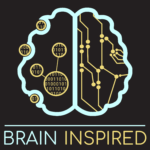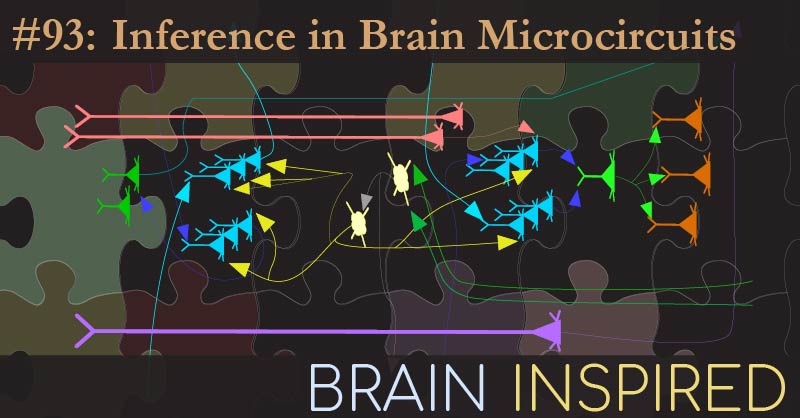

Dileep and I discuss his theoretical account of how the thalamus and cortex work together to implement visual inference. We talked previously about his Recursive Cortical Network (RCN) approach to visual inference, which is a probabilistic graph model that can solve hard problems like CAPTCHAs, and more recently we talked about using his RCNs with cloned units to account for cognitive maps related to the hippocampus. On this episode, we walk through how RCNs can map onto thalamo-cortical circuits so a given cortical column can signal whether it believes some concept or feature is present in the world, based on bottom-up incoming sensory evidence, top-down attention, and lateral related features. We also briefly compare this bio-RCN version with Randy O’Reilly’s Deep Predictive Learning account of thalamo-cortical circuitry.

- Vicarious website – Dileeps AGI robotics company.
- Twitter: @dileeplearning
- The papers we discuss or mention:
- Probabilistic graphical models.
- Hierarchical temporal memory.
Time Stamps:
0:00 – Intro
5:18 – Levels of abstraction
7:54 – AGI vs. AHI vs. AUI
12:18 – Ideas and failures in startups
16:51 – Thalamic cortical circuitry computation
22:07 – Recursive cortical networks
23:34 – bio-RCN
27:48 – Cortical column as binary random variable
33:37 – Clonal neuron roles
39:23 – Processing cascade
41:10 – Thalamus
47:18 – Attention as explaining away
50:51 – Comparison with O’Reilly’s predictive coding framework
55:39 – Subjective contour effect
1:01:20 – Necker cube
